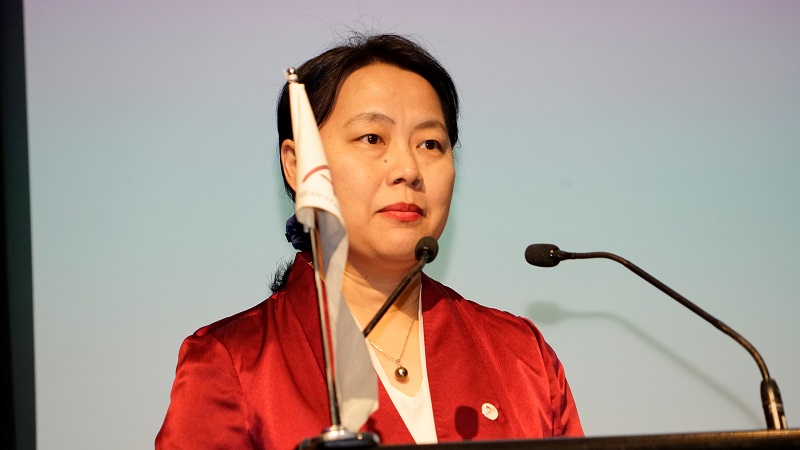
“Building Capacity and Connectivity for the New Economy in East Asia” Seminar
Nadi, Fiji
1 May 2019
(As prepared for delivery)
Distinguished guests, panellists, colleagues, ladies and gentlemen
1. Good morning. I am honoured to address this gathering of high-level policymakers, subject matter experts, and many colleagues from the region. AMRO organizes several such seminars every year, to solicit thoughts and views on key long-term issues facing our region.
2. ASEAN+3 economies have come a long way since the 1997 Asian Financial Crisis. The members collectively have transformed from being a crisis-shaken region in the late 1990s to one which came through the Global Financial Crisis in the late 2000s relatively unscathed, and is now positioning itself for sustained strong growth in the years ahead. Thanks to sound macroeconomic policies, the region has enjoyed almost uninterrupted rapid development and growth convergence over the past two decades, with many ASEAN+3 economies now looking towards achieving high-income or upper-middle income status in the near future.
3. However the region is still confronted with daunting medium- and long-term structural challenges, which if not addressed decisively, will impinge on potential growth and prosperity. What are some of these?
- First, productivity. As many of us are aware, the ASEAN+3 region’s impressive growth catch-up over the past few decades belies a marked slowdown in total factor productivity gains across most countries in the region. While total-factor productivity accounted for about 1.5 percentage points of the approximately 7.0 percent annual growth for the region between 2002 and 2007, its contribution dropped sharply in the 2011 to 2017 period. This trend has to be addressed urgently – at a time when the Fourth Industrial Revolution and the New Economy are transforming the workplace and changing the technological and skill intensity of products.
- Second, investments. For many economies in the region, investments collapsed after the Asian Financial Crisis, from the high 30 percent range (relative to GDP) to the mid 20 percent range, reflecting the need to build up fiscal buffers and foreign exchange reserves. Despite some signs of pick-up in more recent years, investments remain well below what is needed to fulfil growth potential. Infrastructure is one good example, where it is clear that the investment shortfalls have led to an infrastructure gap and undermined the capacity for growth.
- Third, regional financial architecture. As quite a few ASEAN+3 economies’ recent experiences attest to, even well-run economies with solid fundamentals can face heightened stresses from financial market turbulence. Today’s globalized financial markets are characterized by volatile capital flows. So the question is what we can do as a region to improve the resilience of developing economies to volatility shocks. A big part of this surely must be about developing and strengthening the regional financial architecture. In particular, it means developing and deepening our capital markets to recycle the ample savings within the region, and strengthening the regional financial safety net.
4. This then is the context in which we have set the theme for this year’s seminar, which is also the thematic chapter of our flagship report, the ASEAN+3 Regional Economic Outlook 2019. The theme is very much in the spirit of how in the past two years, we at AMRO have put in considerable effort to analyse the nature of medium- and long-term structural challenges facing ASEAN+3 economies at different stages of development, and put forward suggestions on how to address these challenges.
5. While the theme of building capacity and connectivity can be said to be evergreen, especially for emerging countries, the key challenge at this juncture is that ASEAN+3 economies need to transition to the “New Economy.” This adds urgency to the task of addressing the structural constraints facing the region. We therefore ask: to move progressively beyond the “manufacturing for exports” strategy to embrace the new technological revolution and the services sector, what are the types of capacity and connectivity needed for the region to grow and thrive? What could impede our region’s efforts in this regard? What can policymakers do to get on top of the challenges?
6. In the panel session which will begin shortly, we can look forward to hearing from a very strong line-up of policymakers, subject matter experts, and those of us working on regional cooperation to reflect and share views. I very much look forward to a lively and illuminating discussion.
Thank you very much.
